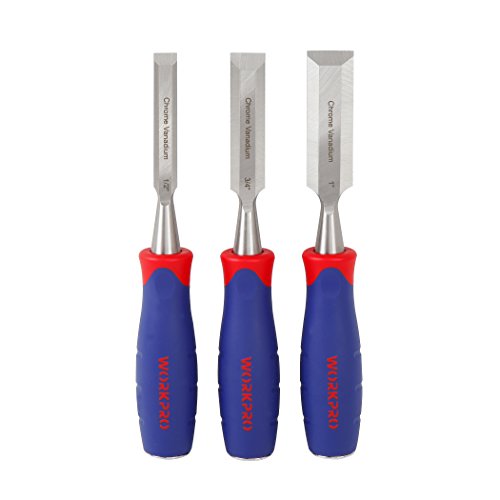Understanding the Importance of Choosing the Right Chisel
A chisel is an indispensable tool for any woodworker or carpenter, and it comes in different shapes, sizes, and types. Choosing the right chisel for a specific job is crucial for getting the best results and avoiding damage to the material or tool. Without the right kind of chisel for a particular job, your work may end up be substandard and time-consuming.
Types of Chisels and their Specific Uses
Chisels can be categorized into two main types: tang chisels and socket chisels. Tang chisels have tapered handles that are driven into the blade, while socket chisels have handles and blades that come together in a socket. Both types of chisels come in various shapes and sizes for specific uses. Some of the most common types of chisels you should know include the firmer chisel for heavy-duty work, mortise chisel for cutting mortise joints, slick chisel for smoothing rough surfaces, and paring chisels for fine woodworking.
Consider the Material you’re Working on
The material you’re working on dictates the kind of chisel you require. For instance, the hardness of the material will determine the shape and size of the chisel. Hard materials like metal require a cold chisel that comes with a hardened edge to cut through tough materials, while soft materials require a beveled or angled edge. Additionally, the size of the chisel should be proportional to the size and thickness of the material.
The Angle of the Beveled Edge Matters
The beveled angle of the edge impacts the chisel’s functionality and application. A standard bevel angle for most chisels is between 25 and 30 degrees. For sharper and finer woodworking, you should use a lower angle between 15 and 20 degrees. In contrast, chisels that need to handle heavy-duty tasks like timber framing require a higher angle between 30 and 40 degrees.
Choose the Right Chisel for the Job
Choosing the right chisel comes down to understanding your task, material, and the type of chisel suitable for the job. You can also consider other features like the handle grip, durability, and blade sharpness to achieve the best results with your chisel. Whether you are a beginner or a seasoned carpenter, investing in high-quality chisels, and learning how to choose the right one for each job is a vital step in growing and improving your craft.






